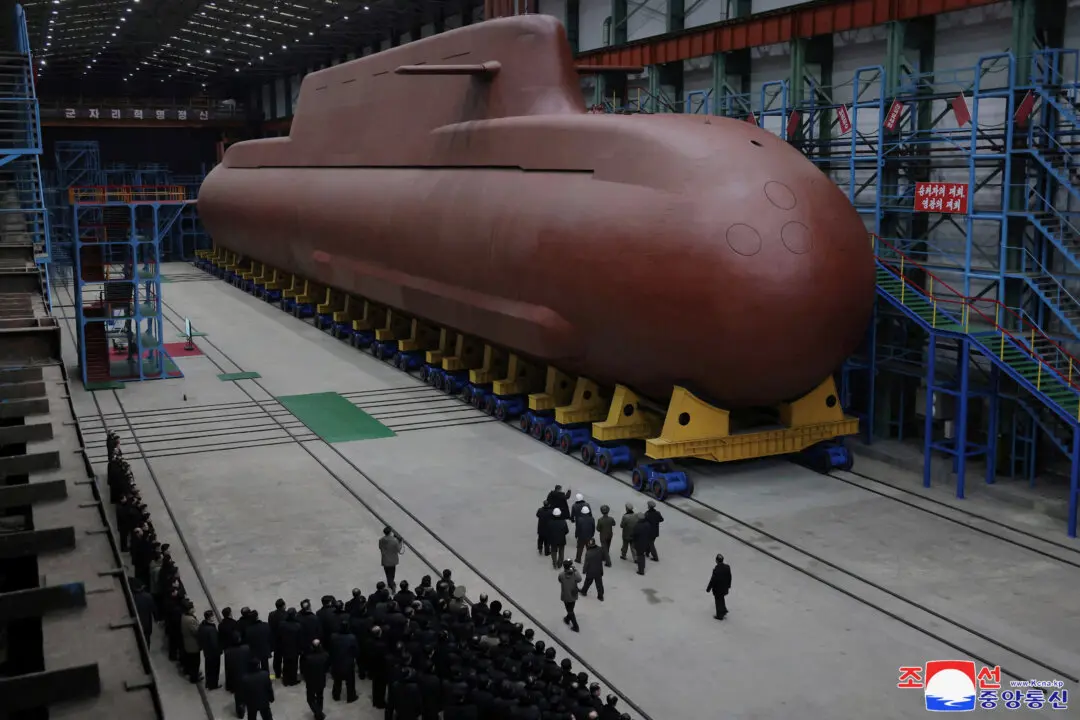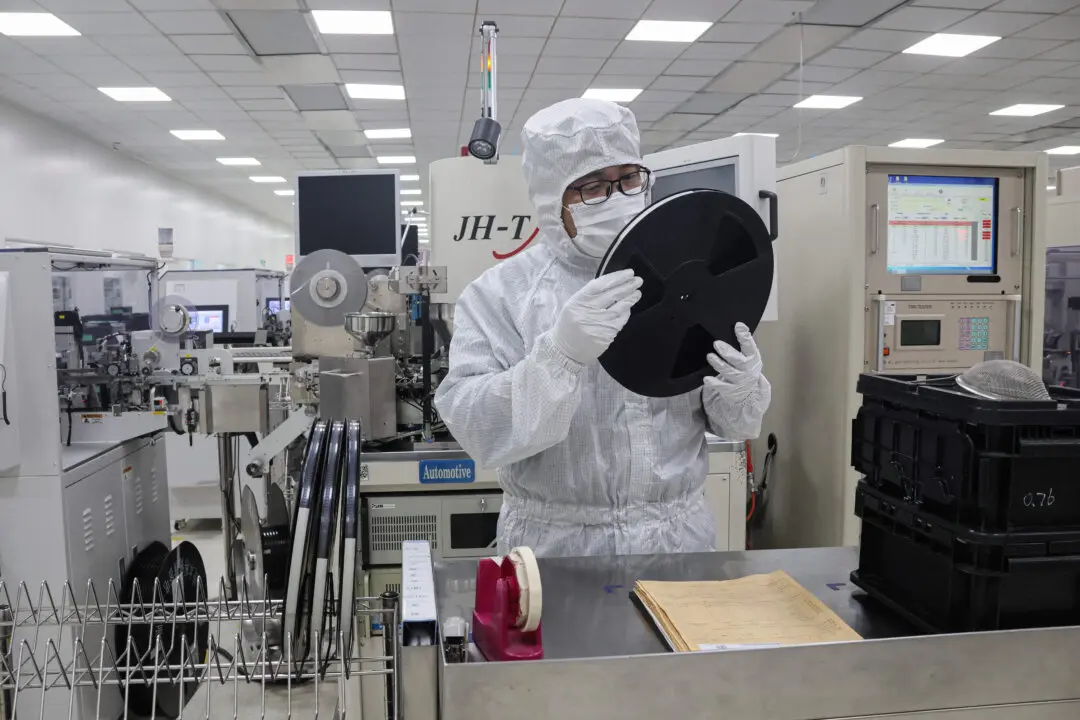News Analysis
Every 10 years, China holds a major military parade in Beijing to mark the anniversary of the Communist Party’s takeover of China on Oct. 1, 1949, declared by Mao Zedong, the first leader of the Chinese Communist Party (CCP) dictatorship. These parades give the CCP-led People’s Liberation Army (PLA) an opportunity to display new weapons, usually developed over the previous decade, to intimidate adversaries near and far, in addition to the Chinese people.





